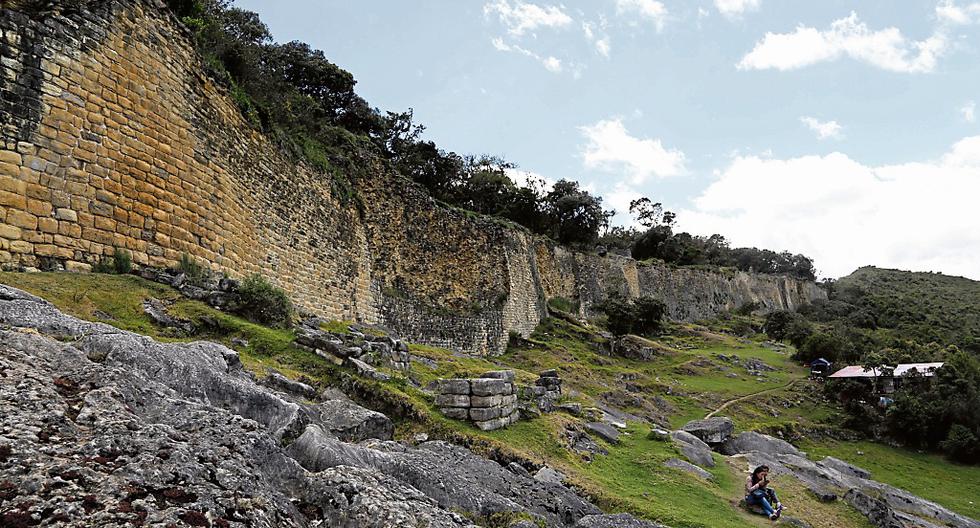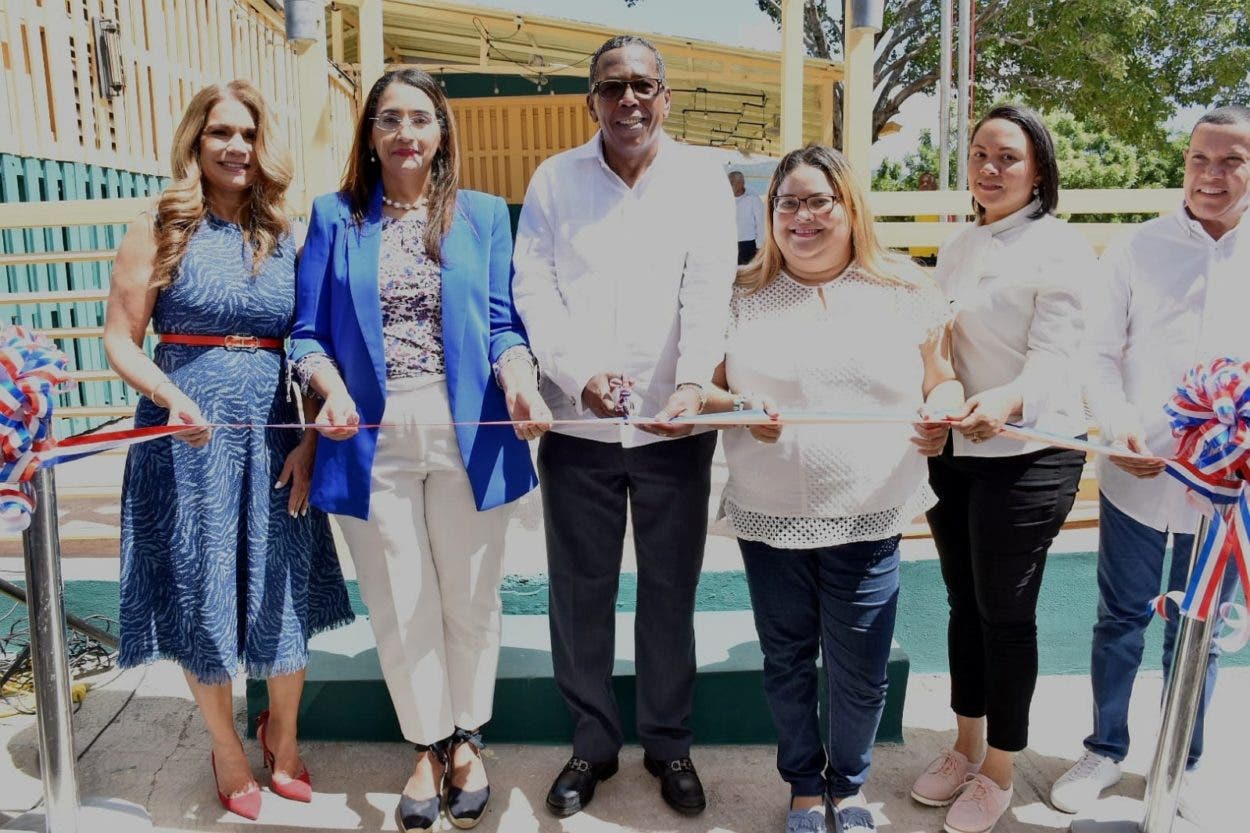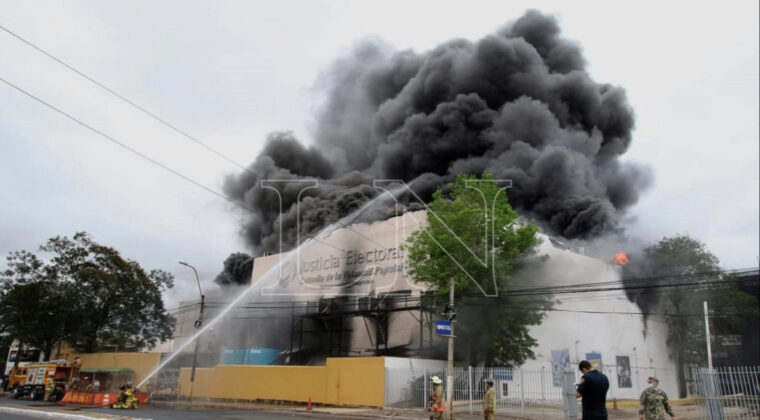After the Comptroller questioned the Emergency Archaeological Actions (AAE) carried out in the Monumental Archaeological Zone (ZAM) in an area affected by the collapse of the Kuelap perimeter wall, the Ministry of Culture (Mincul) maintained that these measures have prevented more landslides in the archaeological site since last April 10.
According to a report by the Comptroller, shoring and rain cover installation they do not guarantee the permanent protection of the affected area and generate the risk of the total and irreversible loss of said Cultural Patrimony of the Nation. For this reason, these actions were described as “inadequate and that do not guarantee the due protection of the affected area.”
“We must highlight that the shoring, coverage and installation systems of geogrids implemented as a result of the collapse of April 10, have prevented more landslides, so they clearly fulfill their purpose.”, remarked the Mincul, through a statement, the Ministry of Culture.
The sector explained that shoring, coverage and installation of geogrids are preventive and temporarybecause the purpose is to stabilize the collapsed area in April 2022 and prevent it from continuing to detach part of the fortress wall while comprehensive conservation is implemented, as a result of the Archaeological Research Program in Kuelap (PRIA)which started working from August this year.
“The publication of the Comptroller General of the Republic refers to an ex officio orientation action, which is the product of the simultaneous support that said institution displays on our activities. In this case, it is limited to a suggestion or recommendation for improvements, having found that ‘the shoring and covering system would present a degree of wear and oxidation’ and as such, ‘would not be in accordance with the National Building Regulations,’ he added.
Along these lines, the Ministry of Culture insisted that conservation actions are temporary. “It is not a construction of urban empowerment, much less are they of a permanent nature, so they are not governed by the National Building Regulations -which do regulate all types of construction such as houses, hotels or any other type of civil building-, but only by the Regulation of Archaeological Interventionsapproved by DS 003-2014-MC, which determines all forms of action in archaeological sites”
Regarding the aging of the coverage and oxidation of some nails -which are a product of the nature of the materials and the climate of the area-, and at the request of the PRIA team of experts, the Ministry of Culture through the Decentralized Directorate of Culture de Amazonas has been materializing the improvement of the aforementioned system with materials of greater duration and resistance, which continue to prevent further collapse in the affected area while advancing with the PRIA for permanent and integral conservation systems (for the entire monument).
The Mincul explained that the Kuelap Archaeological Research Program (PRIA)which emerged in August of this year and brings together the multidisciplinary and multisectoral effort, among others, from UNESCO, PUCP, Drexel University, Brown University and the University of Wisconsin-Madison, is the one that will deliver the scientific information necessary for the definitive, permanent and comprehensive action for the entire monument.
“The PRIA is being deployed with the support of the international scientific community, for which the Ministry of Culture reaffirms its commitment to safeguard and take maximum care of our archaeological heritage,” he remarked.








